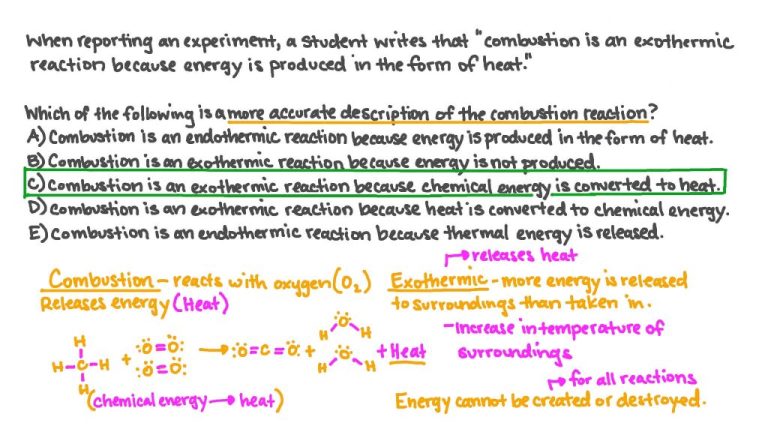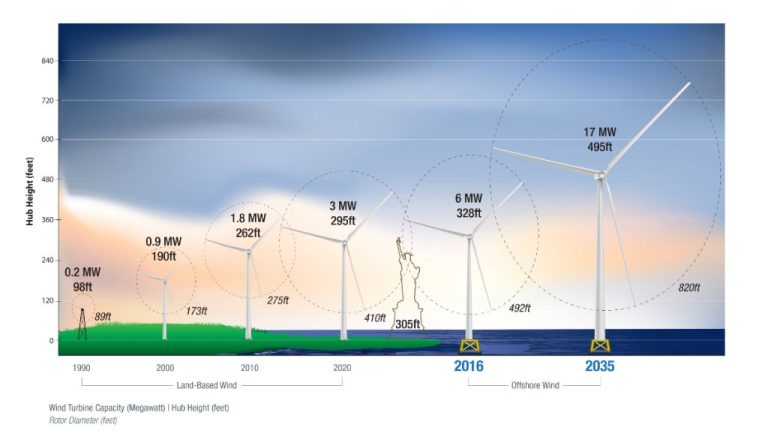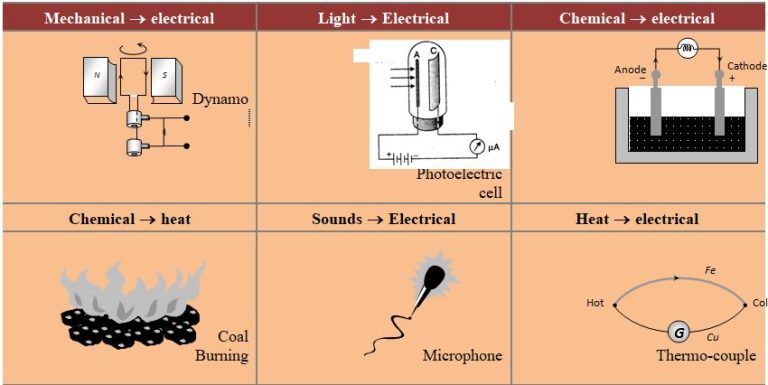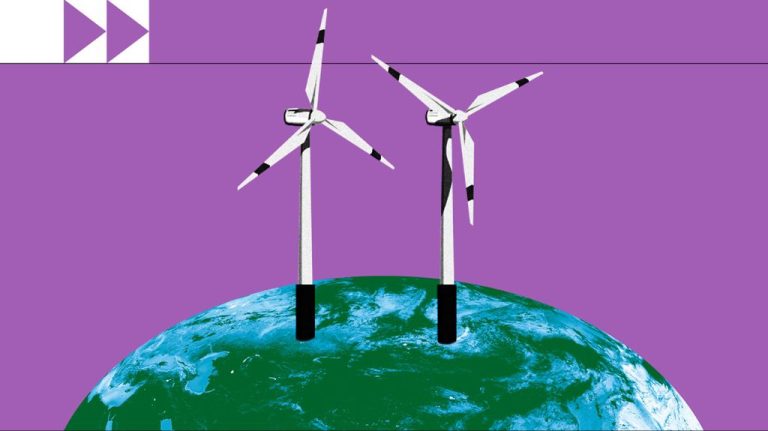Which Nation Leads The World In The Use Of Renewable Energy Sources?
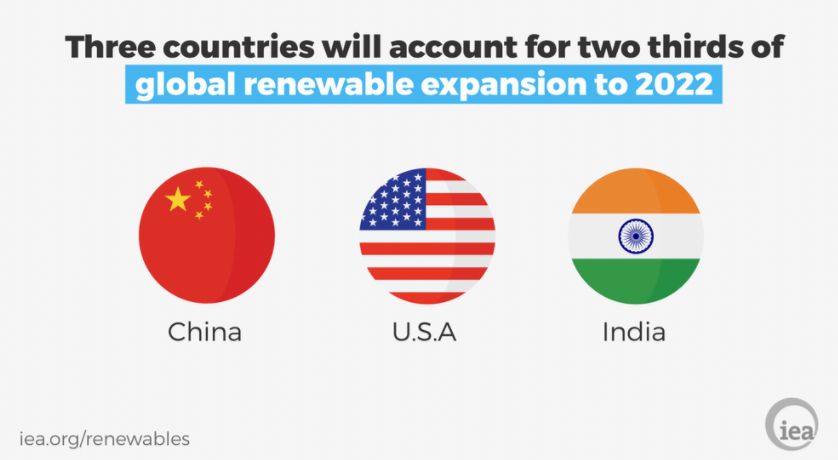
Renewable energy comes from natural sources or processes that are constantly replenished. Sources of renewable energy include solar, wind, geothermal, hydropower, and biomass. These energy sources are considered renewable because they are naturally replenished over time. In contrast, fossil fuels like coal, oil, and natural gas are finite resources that take millions of years to form naturally. Renewable energy sources are extremely important because they provide energy while minimizing pollution and climate impacts. In addition, renewable energy can improve energy security by relying more on domestic resources and reducing dependence on imported fossil fuels. This article will examine global renewable energy usage and determine which nation currently leads the world in harnessing renewable energy sources.
Defining Renewable Energy
Renewable energy sources are derived from natural processes that are constantly replenished. According to the United Nations, renewable energy comes from sources that are naturally replenishing but flow-limited [1]. The most common types of renewable energy include:
- Solar power from photovoltaic panels or concentrated solar plants
- Wind power from onshore or offshore wind turbines
- Hydropower from dams and turbines in flowing water
- Geothermal power from heat underground
- Biomass or biofuels from plants and organic waste
In contrast to fossil fuels like coal, oil and natural gas, renewable sources are replenished naturally on a human timescale. This makes them virtually inexhaustible compared to finite fossil fuel reserves. Renewables can provide energy with zero direct greenhouse gas emissions, helping mitigate climate change.
Global Renewable Energy Use
Globally, the use of renewable energy has grown substantially over the past decade. According to the International Energy Agency (IEA), the share of renewables in global electricity generation jumped to 29% in 2020, up from 27% in 2019 (IEA, 2021). The IEA reports that renewable energy sources accounted for over 42% of global electricity generation in 2028, with the share of wind and solar PV doubling to 25% (IEA, 2022).
Our World in Data reports that almost one-third of global electricity came from renewables as of 2019. The share of electricity from renewables has increased from around 20% in 2000 to over 30% in 2019. The growth has been driven primarily by increases in solar and wind power generation (Our World in Data, 2022).
According to IEA data, global renewable energy consumption grew at an average annual rate of over 5% from 2010-2020. In absolute terms, renewable energy consumption increased by over 1,100 TWh during this period (IEA, 2021). The growth is expected to continue as more countries work to expand renewable energy capacity and reduce reliance on fossil fuels.
Leading Countries
When it comes to renewable energy use and production, certain countries stand out as leaders. Here are the top nations in terms of total renewable energy generation and share of total energy:
China leads the world in total renewable power capacity, with over 920 GW installed as of 2022. Renewables account for 27% of China’s total electricity generation. Hydropower makes up the largest share, followed by solar and wind power. (Source)
The United States comes in second for total capacity, with over 350 GW of renewables in 2022. However, renewables only comprised 21% of U.S. electricity generation. Wind and solar are the top renewable sources. (Source)
Brazil generates 84% of its electricity from renewable sources, mostly hydropower and biofuels. It has around 159 GW of installed renewable capacity.
India has emerged as a major market for renewables and ranks fourth globally in total capacity at 156 GW. Wind and solar lead, providing 10% of India’s electricity.
Germany is often viewed as a pioneer in renewable energy adoption. Renewables account for over 50% of Germany’s electricity mix. The country has 143 GW of installed capacity, led by solar and wind. (Source)
Other leading countries include Japan, the UK, Canada, France, and Spain. While some rely more on hydro or bioenergy, solar and wind energy are growing worldwide. Still, most nations have ample room for continued growth in renewable power deployment.
Germany
Germany has emerged as a global leader in renewable energy use and adoption. According to the U.S. Commercial Service, in 2019, 46% of Germany’s electricity mix came from wind, solar, biomass and hydroelectric sources. That’s up 5.6 percentage points over 2018 (U.S. Commercial Service). Germany gets over 50% of its electricity from renewables for the first time in 2022, with solar and wind contributing around 75% of renewable electricity according to Clean Energy Wire (Clean Energy Wire).
Germany has set ambitious targets to increase renewable energy usage to 80% of its energy mix by 2030 (Reuters). The country has implemented supportive policies like feed-in tariffs to incentivize renewable energy adoption. Germany is home to leading renewable energy companies like Siemens Gamesa and has invested heavily in wind and solar power infrastructure.
However, Germany also faces challenges with integrating intermittent renewables into the grid and phasing out nuclear power. The country will need major investments in transmission infrastructure and energy storage to accommodate higher shares of renewable energy going forward.
China
China leads the world in total installed capacity of renewable energy sources like solar, wind, hydropower and biomass. According to the National Energy Administration, China’s total installed renewable power capacity reached 1,070GW by the end of 2021, accounting for 44.8% of the country’s total installed power capacity (Reuters).
China invested heavily in renewable energy over the past decade, helping drive down costs globally. The share of fossil fuels in China’s total energy mix fell below 50% for the first time in 2021, while non-fossil fuels including renewables rose to 15.9% (YaleEnvironment360).
The Chinese government set ambitious targets to reach 1,200 GW of total installed renewable capacity by 2030. China aims for non-fossil fuels to account for 25% of its energy mix by 2030 and for carbon emissions to peak by 2030 and become carbon neutral by 2060 (Wikipedia). This will require continued rapid growth in areas like solar, wind and hydropower.
However, China still relies heavily on coal and fossil fuels, which accounted for 84% of its total energy use in 2020. Transitioning its massive energy system away from coal and fossil fuels remains a major challenge in the coming decades.
United States
The United States gets about 12.9% of its total energy production from renewable sources as of 2021, according to the U.S. Energy Information Administration (source). This includes hydroelectric power, wind, solar, geothermal and biomass. The renewable share of electricity generation is higher at 20.8% in 2021.
Renewable energy production has been growing steadily in the U.S. over the past decade. This growth has been driven by federal tax incentives as well as state-level policies like renewable portfolio standards that require utilities to procure more renewable energy. Some of the largest growth has come from wind and solar energy. The U.S. has also invested heavily in next-generation biofuels made from agricultural wastes and dedicated energy crops.
Looking ahead, the U.S. Department of Energy has set a goal for the United States to reach 100% clean electricity by 2035 and net-zero emissions by 2050 (source). This will require rapidly scaling up wind, solar, geothermal, hydroelectric and other zero-carbon energy sources across the country.
Other Notable Countries
In addition to Germany, China, and the United States, several other countries have made significant progress in adopting renewable energy sources. According to the Climate Council article “11 countries leading the charge on renewable energy,” both Iceland and Costa Rica produced nearly 100% of their electricity from renewable sources as of 2022. Iceland generates most of its renewable electricity from hydropower and geothermal sources, while Costa Rica relies primarily on hydropower. Additionally, Uruguay generated 98% of its electricity from renewables in 2015, relying largely on hydropower but also significantly growing its wind power capacity. The Wikipedia article “List of countries by renewable electricity production” shows Norway produced 98% of its electricity from renewables in 2020, using mostly hydropower. Other countries with high percentages of renewables in their energy mix include Canada (82%), Brazil (80%), and Portugal (54%). Many of these countries have created policies and incentives to drive growth in wind, solar, hydropower, and other renewable sources and demonstrate strong momentum in shifting away from fossil fuels.
Challenges
While renewable energy capacity continues to grow globally, there are still challenges to further expansion. Some key challenges include:
Policy and regulation – Policy instability and uncertainty can discourage investment in renewable energy. Subsidies for fossil fuels also make it harder for renewables to compete on cost (https://regenpower.com/what-are-the-problems-faced-by-renewable-energy/).
Technology limitations – Most renewable energy sources are intermittent and variable, which creates challenges for grid integration and management. Energy storage technology needs to advance further (https://sustainablereview.com/challenges-in-renewable-energy/).
Cost – While costs have declined substantially, upfront capital costs for renewable energy projects remain high. Ongoing subsidies for fossil fuels also skew cost comparisons (https://www.iea.org/reports/renewable-energy-market-update/challenges-and-opportunities-beyond-2021).
Infrastructure limitations – Existing transmission infrastructure may require upgrades to accommodate large-scale renewable energy deployment.
Overall, while renewable energy has seen tremendous growth, fully transitioning to renewable energy globally will require addressing these policy, technology, cost, and infrastructure challenges.
Conclusion
Based on the trends and statistics outlined, Germany appears to be the global leader in the adoption and use of renewable energy sources. While China leads in total renewable energy capacity, Germany generates a larger share of its electricity from renewables. Germany has made significant investments in wind, solar, and other renewables as part of its ambitious Energiewende initiative to transition away from fossil fuels and nuclear power. Key factors in Germany’s renewable energy leadership include early and sustained policy support, feed-in tariffs, priority grid access for renewables, and a concerted push to decentralize its energy system. As a result, Germany now routinely has days where renewables supply the majority or even 100% of its power needs. Other nations like China and the U.S. are major players in renewables as well, but have not yet matched Germany’s levels of renewable energy penetration across their energy mixes. The growth of renewables faces challenges relating to grid integration, storage, and transmission capacity, but with sustained policy support and technological improvements, Germany is poised to continue leading the renewable energy transition globally.

